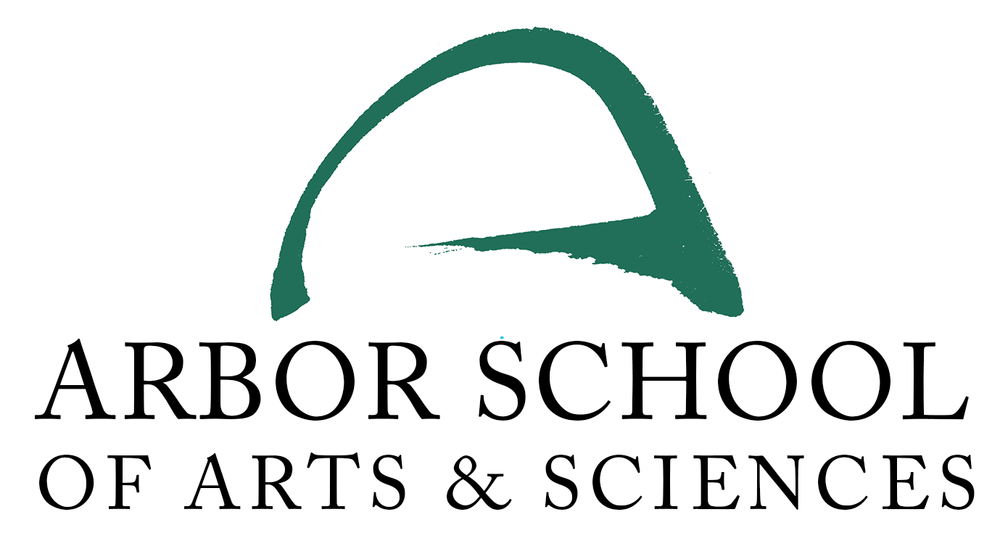Dear Arbor Families,
As we shared in our last update, on July 28 Governor Brown issued public-health metrics that govern when all public and private schools in Oregon may return to in-person instruction. Although we had every hope of welcoming your children back to campus in September, it is now these metrics --the infection rate in the metro area -- that will determine when that is possible. As a school that draws more than ten percent of its student, staff and faculty population from Clackamas, Washington and Multnomah counties, the guidelines require that we consider the infection rates in all three.
To help us track progress toward in-person instruction, we have prepared and will maintain this table of the number of cases per 100,000 population in each county. In addition to the number of cases, the test positivity-rate in the three counties must be at or below 5%. The county case rates and test-positivity rates for last week can also be seen here.
Given the current numbers and even with the somewhat positive trend, we cannot set any realistic timetable for inviting students back to campus, although we will be prepared to do so at the first opportunity. However, on August 11 the Oregon Department of Education issued amended guidelines within which it appears that we will be able to invite small groups of students to return to campus for partial days on a recurring basis. Some questions remain about the extent of what is possible, but we anticipate gathering students for important orientation and relationship-building activities as classes begin, and ongoing opportunities for critical social interaction as the fall progresses. We will share our plans for gathering as we learn all that is permitted and we will continue to explore all possibilities for bringing students together.
In the meantime, faculty have been hard at work developing a robust online program, building on what we learned in the spring and informed by research and coursework this summer.
It is our aim to offer curricula and schedules that are developmentally appropriate for each grade level, that provide for the differentiation that matches what we offer when we are in classrooms together, and that give families room to make choices about what is possible for them to support. As we plan for students to be working at home, we are also planning for the pivot back to the classroom, so that the work will be consistent between both contexts and the transition will be as seamless as possible. See a summary of on-site plans here.
We understand that families are of necessity finding creative approaches to supporting students managing their schoolwork at home, including gathering small groups of children together in pods. We see the social and academic benefits of these groups for students and understand the necessity for parents to be able to establish work schedules. However, we also understand that the formation of such groups can raise equity issues, particularly if there is to be a paid adult working with the children, and that there are families for whom these groups will not be possible, whether for financial reasons or because of location and/or health risks.Therefore, our distance learning curricula will not be specifically tailored to these groups and we ask that familles forming these groups attempt to be as inclusive as possible, so that all feel welcome, and that an effort be made to extend the invitation to the new families joining us this year.
Although we won’t be in classrooms in September, It is the time of year when we would normally be sending you lists of needed school supplies. This year, because of the uncertainty of when we will be back in classrooms and to meet our wish for students to have particular materials at home to meet curricular needs, we will purchase and organize a packet of materials for each student, to be delivered in person on campus when students gather in small groups, or delivered to homes. Should there be a need for additional materials, for design work for example, we will supply those as needed.
We have spoken with many of you as you try to plan for the fall and to put in place structures that will support your children in learning at home while also allowing for the semblance of a normal work day. The disruption to the school calendar has asked so much of all of you and we keep that understanding in the forefront as we work toward having your children on campus, even for short visits. To do so with an acceptable level of risk for all in the community requires investment on our part -- an investment of effort in creative campus and cohort planning and a financial investment in things as tents, air purification equipment, and enhanced cleaning -- and it requires the commitment of Oregonians to fully adopt the practices that will reduce the rate of infection in our communities. We join you in doing all that is necessary to move to a more sustainable level of response to the presence of coronavirus in our lives and are grateful for all of the ways in which you continue to nurture the Arbor community in this difficult time.
With hope,
Peter and Lori




